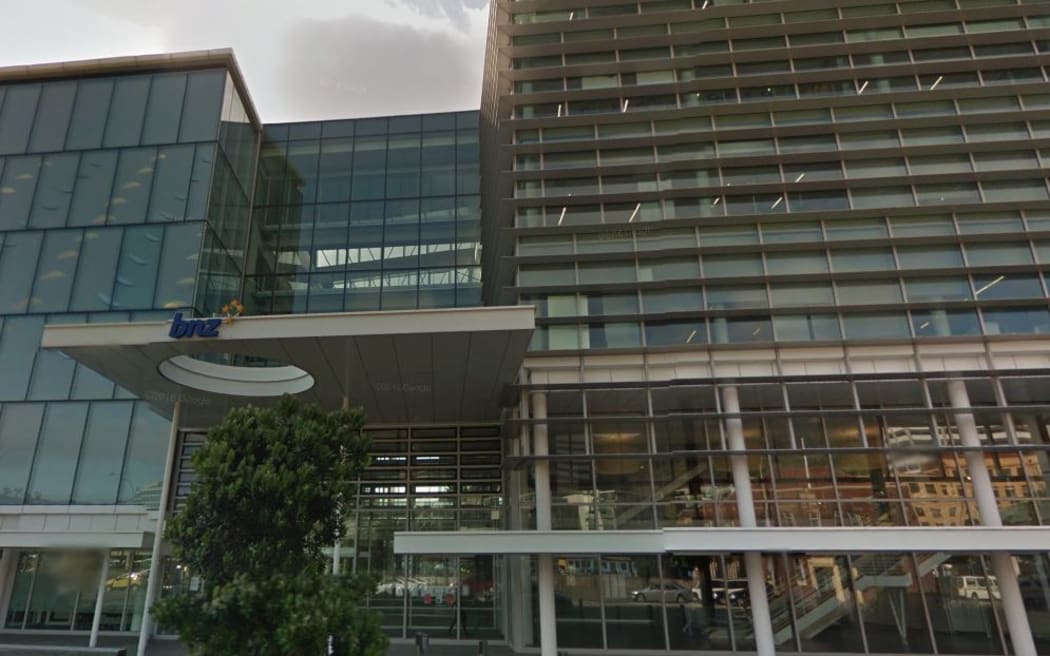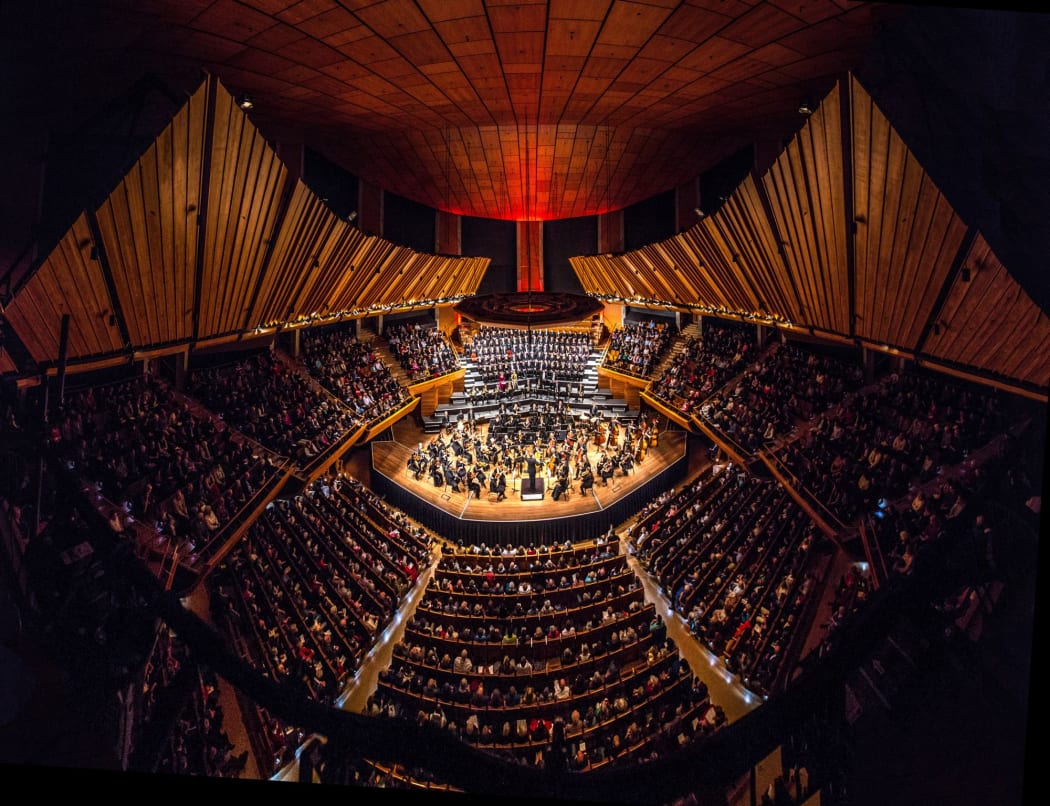Fewer than 34 multi-storey New Zealand buildings have fully complied with earthquake restraints standards since they were introduced in 1983, including in the Christchurch rebuild, a specialist says.

BNZ corporate office, Pipitea, Wellington. Photo: Screenshot / GoogleMaps
Ceilings and services - pipes, ducts, heavy air-conditioning units and the like - were heavily damaged in the Christchurch 2011 and Wellington 2013 and 2016 earthquakes, such as at the BNZ Harbour Quays and Statistics New Zealand quayside buildings.
Typically, such damage accounts for up 70 percent of the cost of repairs after a quake.
Restraints specialist Terry Johnson, of Masterton, consulted on the Christchurch justice precinct project and said as far as he knew only two of the buildings in the whole rebuild were up to the NZS4219 restraints standard.
"There's a handful of compliant buildings that I know of," Mr Johnson told about 200 engineers and others at New Zealand's first full-day conference on seismic restraint of non structural elements in Wellington today.

Pipes, fittings and ducting that is not properly restrained could prove deadly in an earthquake. Photo: 123rf
"[The standard] has been around since 1983, that's 34 years and there are not 34 fully compliant buildings in New Zealand - we haven't even got one a year".
"It's a shocking state of affairs."
"In Christchurch we have ... buildings that have been completed that are not compliant, now these are brand new buildings.
"Somewhere along the line some muck called a sub-contractor - that's involved in heating and ventilating, electrical, or hydraulics - ends up with the responsibility of the seismic restraint design of the whole building."
Non-compliant buildings included hospitals and airports, he said, as well as Wellington's Michael Fowler Centre.
Mr Johnson said the centre was similar to the Muza Kawasaki Concert Hall that was damaged in the 2011 Fukushima quake in Japan, where the destroyed ceiling and ruptured sprinkler system led to damage costing $20m.

Orchestra Wellington and the Orpheus Choir perform in the Michael Fowler Centre. Photo: Michael Farr from Mifarr Photography
Mr Johnson said the design and installation of proper restraints fell through the cracks between engineers, designers and trades.
Some tenants moved out of the 15-storey building at 36 Customhouse Quay in Wellington after some of the steel reinforcing bar in the concrete was found to have stretched in the Kaikōura quake.
However, the restraints standards had not even been checked after that scare, Mr Johnson said.
"Now, if the seismic event was big enough to stretch the rebar ... imagine what it did to the concrete anchors [holding up non-structural services] ... which were passed off before as being the weakest part of the design. None of them would be compliant.
"Nobody even checked it. And they said it was safe enough to go back in again."
The Insurance Council helped organise the conference in efforts to ensure old and new buildings alike would be brought up to scratch.
Scott Hawkins of reinsurer Munich Re told the audience a high level of non-compliance made it difficult for insurers to know what to rely upon.
"As an industry we place a heavy reliance on codes and New Building Standards for our risk rating.
"The worrying thing is that maybe 34 buildings in New Zealand actually meet the code," Mr Hawkins, of Sydney, said.


